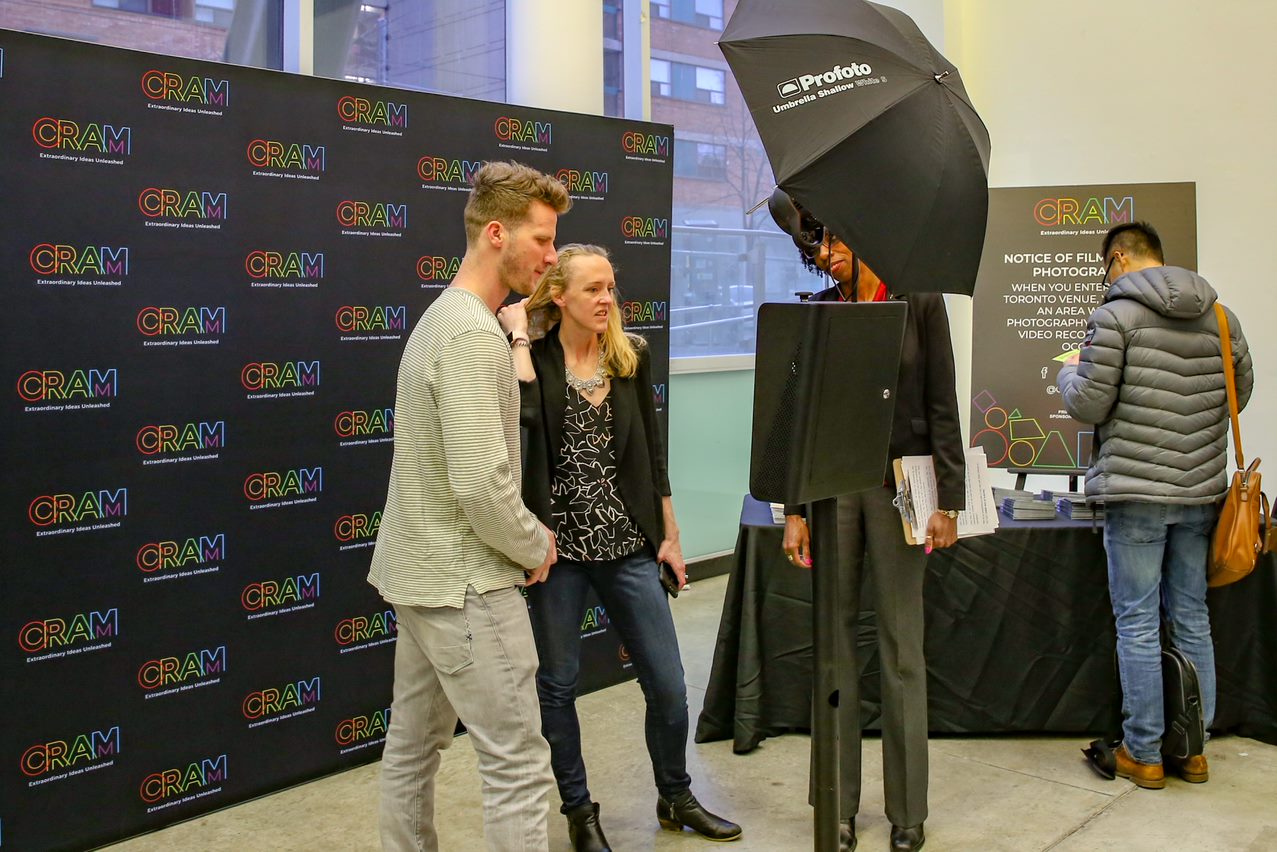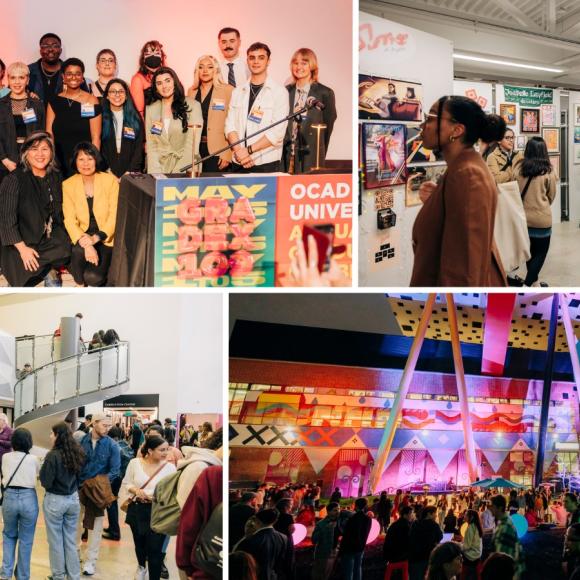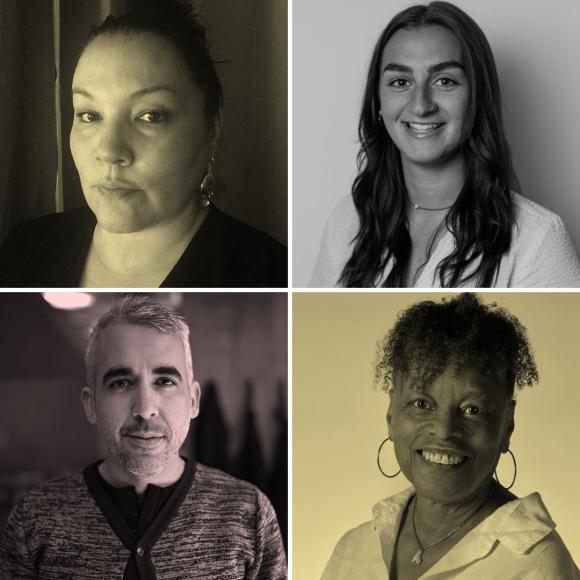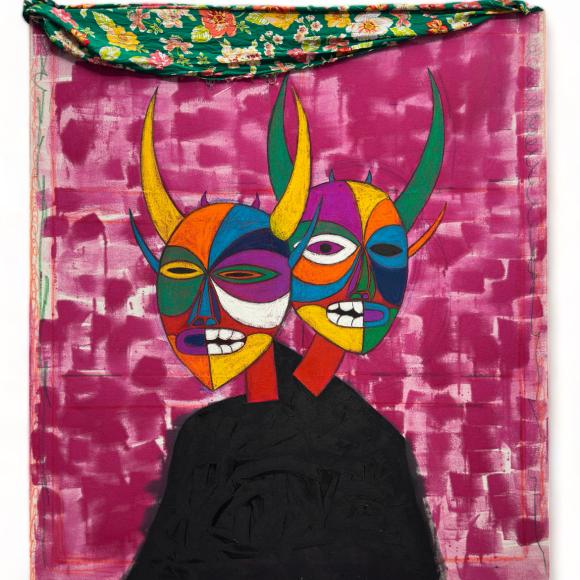OCAD U takes part in CRAM learning festival
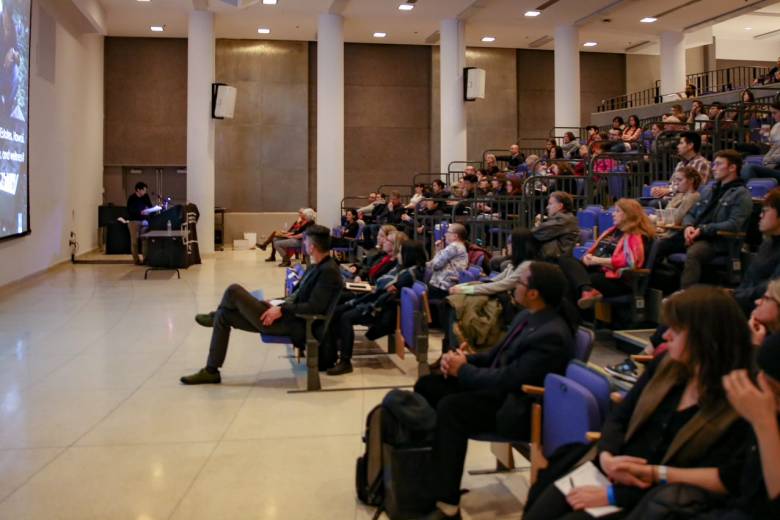
On Friday, April 5, OCAD University opened its doors during the CRAM learning festival to give attendees a chance to discover the unexpected ideas revolutionizing the way we think, live and work. Featuring more than thirty free events, CRAM is the first learning festival of its kind in Canada. Toronto's four universities -- OCAD U, University of Toronto, York University and Ryerson University -- offered more than thirty free events.
OCAD U’s talks included:
Hey Autonomous Vehicle – Can You Tell Me About Yourself? – Sowmya Somanath
Ontario recently approved the testing of autonomous vehicles without a driver on public roads. What will this mean for pedestrians, especially when crossing the street at intersections without signals? People make the decision to cross based not only on vehicle speed, but also using non-verbal cues such as eye contact and hand gestures. What will happen in this new world of driverless cars? Somanath shares some of the computer interfaces prototyped and the lessons learned from evaluating them.
Here Today, Here Tomorrow: Reversing Our Throwaway Culture – Michele Mastroeni
“I need a new cell phone even though my old one still works." In current Western society, vast amounts of goods are disposable or easily displaced by “the next new thing.” Old technologies have value in science fiction: inStar Wars, starships can be decades old and droids centuries old. Currently, we’re seeing a rise in subcultures who appreciate long-lasting goods and people are heading to Repair Cafés in an effort to keep waste to a minimum. What can we learn from them? How can we shift our current consumer culture to a more sustainable one?
Will Our Future Be A+? Avatars, Agents and Adaptive A.I. Assistants – Alexis Morris
How will we be living in Toronto in the 2020s? Morris offers a look at the technologies that will affect how smart cities and smart citizens interact, including a look into the current and upcoming system design challenges for mixed reality (augmented and virtual reality), the internet of things, and adaptive A.I. assistants. Let’s move towards engaging and immersive interactions across highly-connected human-machine environments. The future is coming very soon, so let’s get ready!
Communities on the Move: Finding a Sense of Place in the City – James Miller
From Oceania to Canada, communities are starting to migrate to urban centres as their ways of life are forever altered by climate change. How will we ensure the cultural continuity of these communities and preserve their way of life? As an architect, environmental design researcher, and a Kanaka Maoli, Miller is fascinated by how community-based knowledge can mitigate vulnerability and sustain traditions. What if the design of our cities could support the identities of resettled communities and lessen culture loss, rather than alienate new arrivals? Miller explores possible ways to help climate refugees maintain their identities in their new homes.
Can I Feel What You See? Multi-Sensory Design – Peter Coppin
We live in a highly visual world that excludes a significant number of people who are visually impaired or blind. Think about all the things around us and the way they’re designed - whether it’s our homes, our workplaces and the city we live in. “I’m a visual person but as a researcher it became clear to me that we don’t have a good scientific understanding of design, and why we use certain kinds of representation that exclude people,” said Coppin. Who are we designing for? Can we create multi-sensory designs that would allow us to hear a financial chart, feel a soccer game or use multiple senses to perform everyday tasks? These questions are explored.
For a recap of additional events featured at the festival, please visit the CRAM website.
